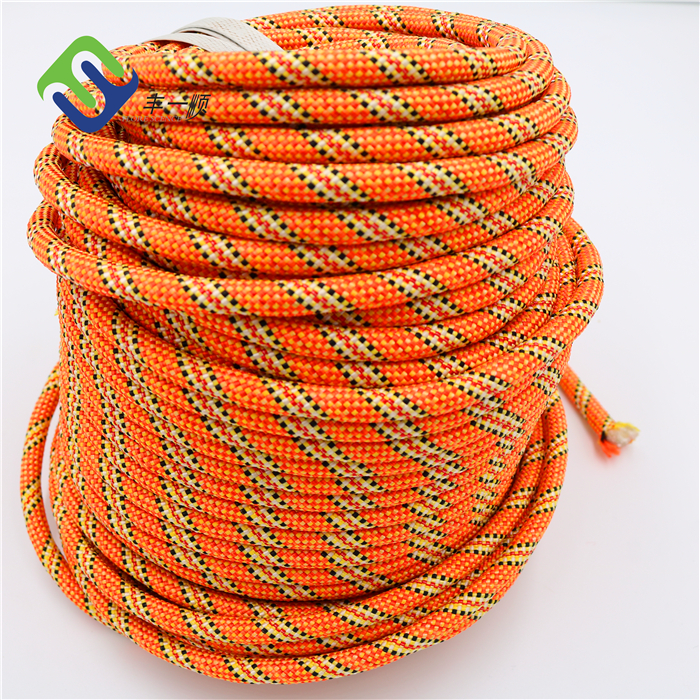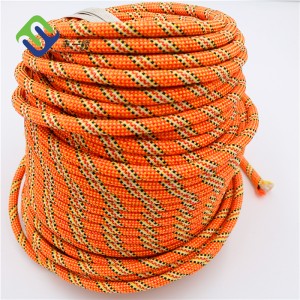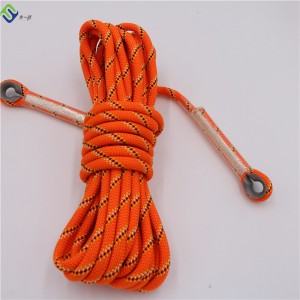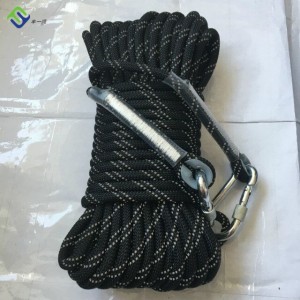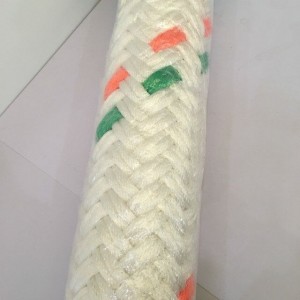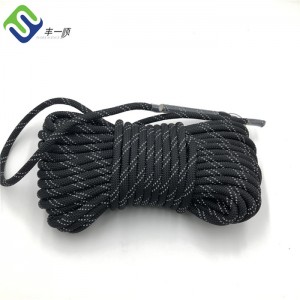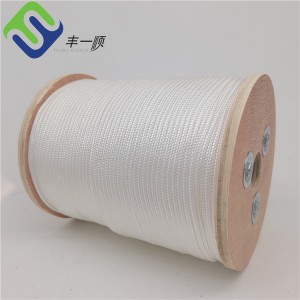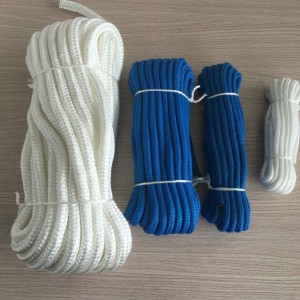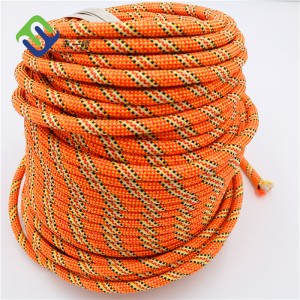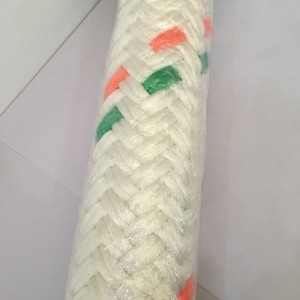Wholesale 12mm High Strength Outdoor Climbing Rope With UIAA Certificated for Rock Climbing

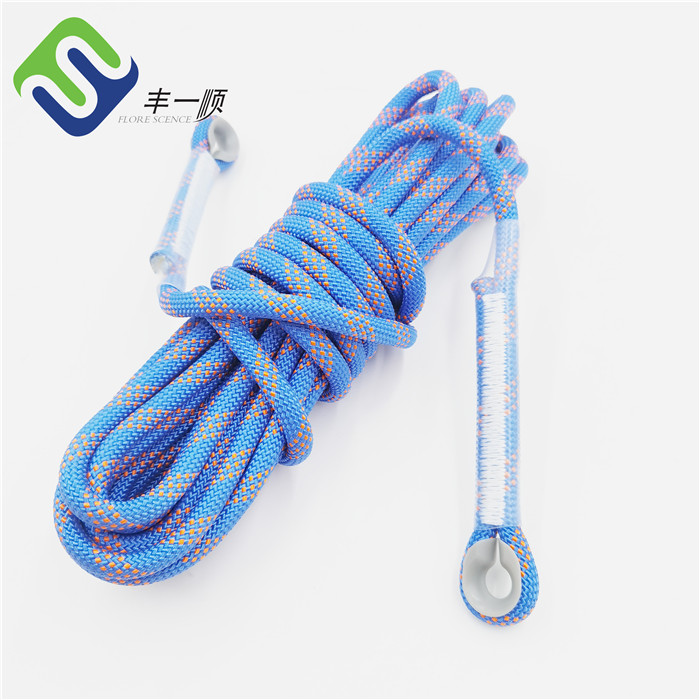
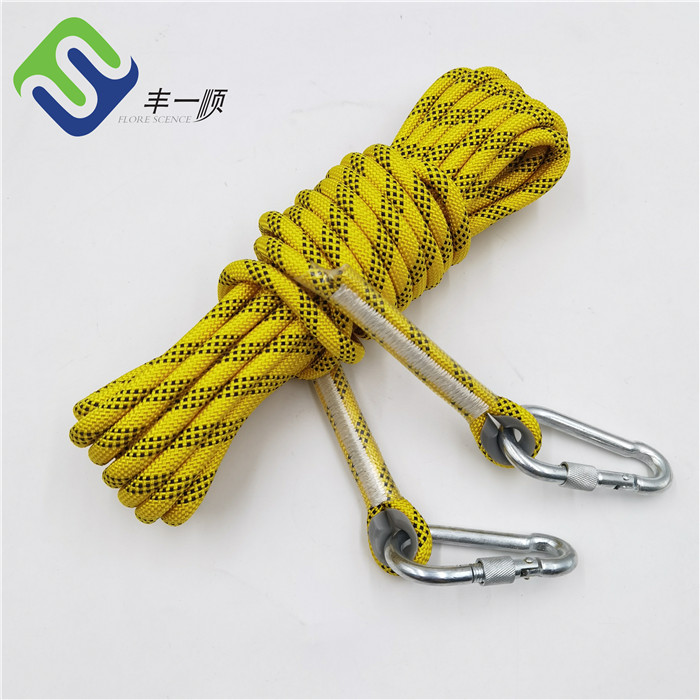
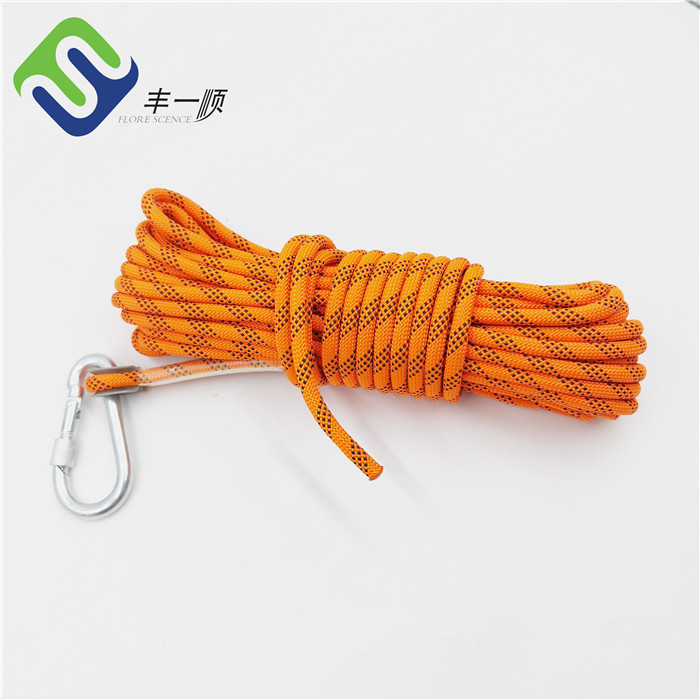
|
item
|
|
|
Place of Origin
|
Shandong,China
|
|
Brand Name
|
Florescence
|
|
Model Number
|
FLR-NYL
|
|
Brand
|
Florescence
|
|
Usage
|
Outdoor Camping Hiking Travelling
|
|
Product Name
|
climbing rope
|
|
Weight
|
1.2KG
|
|
Length
|
10m,20m,60,70m,custiomized
|
|
Packing
|
PP Bag
|
|
MOQ
|
200pcs
|
|
Type
|
dynamic/static
|
|
Payment
|
T/T
|
|
Certificate
|
SGS
|
If you are looking for a dynamic rope for climbing, you’ll have three choices: single, half, and twin ropes.
Single Ropes
These are best for trad climbing, sport climbing, big-wall climbing and top roping.
The vast majority of climbers buy single ropes. The name “single” indicates that the rope is designed to be used by itself and not with another rope as some other rope types are.
Single ropes come in many different diameters and lengths, making them suitable for a wide range of climbing disciplines, and they’re generally easier to handle than two-rope systems.
Some single ropes are also rated as half and twin ropes, allowing you to use them with any one of the three climbing techniques.
Single ropes are marked with a circled 1 on each end of the rope.
Half Ropes
These are best for trad climbing on wandering multi-pitch rock routes, mountaineering and ice climbing.
When climbing with half ropes, you use two ropes and clip them alternately to protection. This technique is effective at limiting rope drag on wandering routes, but it takes some getting used to.
Half ropes have a couple advantages and disadvantages compared to single ropes:
Advantages
Half-rope technique reduces rope drag on wandering routes.
Tying the two ropes together when rappelling allows you to go twice as far as you can with a single rope.
Two ropes give you the peace of mind that if one is damaged during a fall or cut by rockfall you still have one good rope.
Disadvantages
Half ropes require more skill and effort to manage compared to a single rope due to the fact that you’re climbing and belaying
with two ropes.
The combined weight of two ropes is heavier than a single rope. (However, you can share the load with your climbing partner by each carrying one rope.)
Half ropes are designed and tested only for use as a matching pair; don’t mix sizes or brands.
Some half ropes are also rated as twin ropes, allowing you to use them with either technique. There are also some triple-rated ropes that can be used as half, twin and single ropes for maximum versatility.
Half ropes have a circled ½ symbol on each end.
Twin Ropes
These are best for trad climbing on non-wandering multi-pitch rock routes, mountaineering and ice climbing.
Similar to half ropes, twin ropes are a two-rope system. However, with twin ropes, you ALWAYS clip both strands through each piece of protection, just like you would with a single rope. This means there will be more rope drag than with half ropes, making twin ropes a good option for non-wandering routes. On the plus side, twin ropes tend to be a bit thinner than half ropes, making for a lighter and less bulky system.
Twin ropes share many of the advantages and disadvantages that half ropes have compared to single ropes:
Advantages
Tying the two ropes together when rappelling allows you to go twice as far as you can with a single rope.
Two ropes give you the peace of mind that if one is damaged during a fall or cut by rockfall you still have one good rope.
Disadvantages
Twin ropes require more skill and effort to manage compared to a single rope due to the fact that you’re climbing and belaying with two ropes.
The combined weight of two ropes is heavier than a single rope. (However, you can share the load with your climbing partner by each carrying one rope.)
Just as with half ropes, twin ropes are designed and tested only for use as a matching pair; don’t mix sizes or brands. Some twin ropes are also rated as half ropes, allowing you to use them with either technique. There are also some triple-rated ropes that can be used as twin, half and single ropes for maximum versatility. Twin ropes have a circled infinity symbol (∞) on each end.
Static Ropes
These are best for rescue work, caving, climbing fixed lines with ascenders and hauling loads. Static ropes excel in situations where you don’t want the rope to stretch, such as when you are lowering an injured climber, ascending a rope, or hauling a load up with the rope. Never use a static rope for top roping or lead climbing as they are not designed, tested or certified for those types of loads.

Dry Treatment: When a rope absorbs water, it gets heavier and is less able to withstand forces generated in a fall (the rope will regain all of its strength when dry). When it’s cold enough for absorbed water to freeze, a rope gets stiff and unmanageable. To combat this, some ropes include a dry treatment that reduces water absorption.
Dry-treated ropes are more expensive than non-dry-treated ropes so consider whether or not you need dry treatment. If you primarily sport climb, a non-dry rope is probably sufficient since most sport climbers will pull their ropes and go home when it rains. If you will be ice climbing, mountaineering or multi-pitch trad climbing, you will encounter rain, snow or ice at some point, so choose a dry-treated rope.
Dry ropes can have a dry core, a dry sheath or both. Ropes with both offer the greatest moisture protection.
Middle mark: Most ropes include a middle mark, often black dye, to help you identify the middle of the rope. Being able to identify the middle of your rope is essential when rappelling.
Bicolor: Some ropes are bicolor, which means they have a change in weave pattern that clearly differentiates the two halves of the rope and creates a permanent, easy-to-identify middle mark. This is a more effective (if more expensive) way to mark the middle of a rope than black dye because dye can fade and become difficult to see.
End warning marks: Some ropes include thread or black dye showing that you are coming to the end of the rope. This is helpful when you’re rappelling or lowering a climber.

Our products are under strict quality control.
1. Before the order can be confirmed finally, we would strictly check the material, color, size of your requirements.
2. Our salesman, also as an order follower, would trace every phase of production from the beginning.
3. After the worker finished the production, our QC will check the overall quality.If not pass our standard will rework.
4. When packing the products, our Packing Department will check the products again.
After Sales Service:
1. Shipment and sample quality tracking includes lifetime.
2. Any small problem happening in our products will be solved at the most prompt time.
3. Quick response, all your inquiry will be replied within 24 hours.
